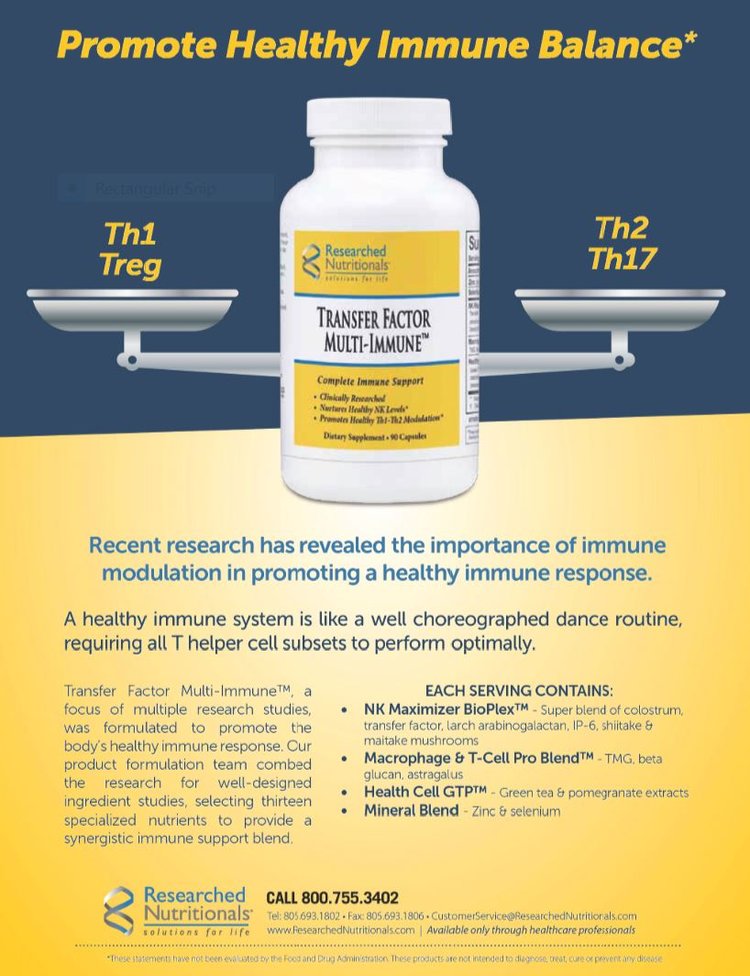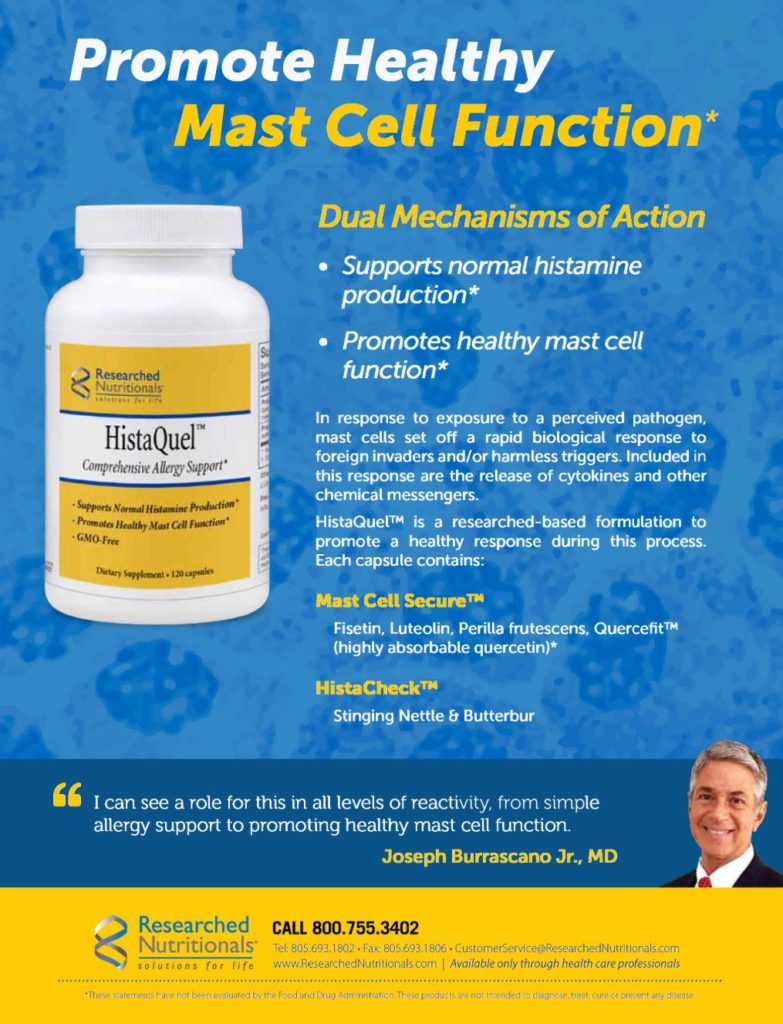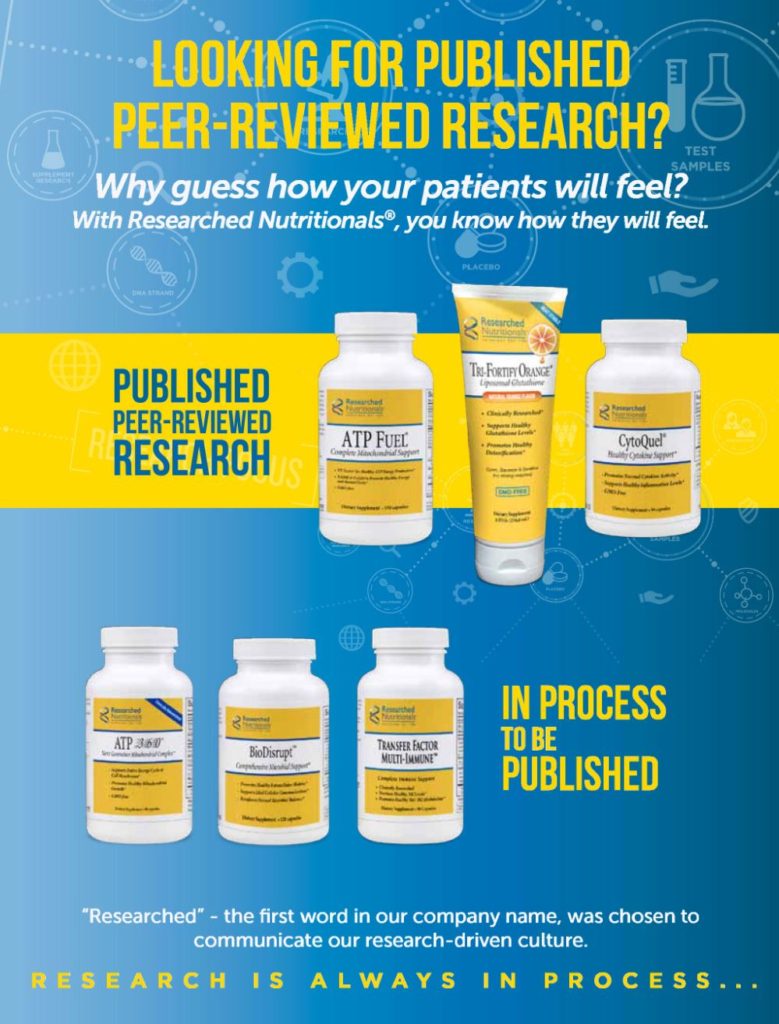
The 2019 LDN Conference in Portland, Oregon Was an Eye-Opener
For the past few years I have made naltrexone an important part of my medical practice. It is a remarkable tool for alcoholism and alcohol dependency. Following the protocol of the Sinclair Method, 50 mg of naltrexone is taken one hour prior to commencing drinking. Generally, after just several days of naltrexone use, there is a notable decrease in alcohol craving. For those who want to seriously cut back on their alcohol consumption but are not seeking to become sober, this approach is easy without the need to depend on will power to quit. Of course, anyone who is habituated to alcohol drinking will need to decondition their behavior, which will take time. The effort is worthwhile, and the medication is not expensive nor does it require institutionalized rehab or “cold turkey” withdrawal approaches. It is remarkable that there is such a lack of interest in the medical community. Who wouldn’t want to take one little pill instead of endless hours of participating in meetings and counseling? At the other end of the spectrum is another protocol for naltrexone use known as low dose naltrexone (LDN). As a general rule, LDN administration starts at 0.5 mg and works up to 4.5 mg. Unlike the Sinclair Method, LDN has a wide range of applications in medicine and psychiatry. Naltrexone is recognized as an opiate antagonist binding to the mu receptor. Not so well recognized is its antagonist activity on the TLR (Toll-like receptor). The blockade of the TLR suppresses the overactivity of the immune system as manifested in autoimmune disease. Just like with the Sinclair Method, low dose naltrexone takes some time to modify the immune response within the central nervous system and peripherally. Dosing at nighttime is recommended; but some patients experience excess dreaming or sleep disturbance, so the naltrexone is administered earlier in the day. The application of LDN is breathtaking in its diversity: from Crohn’s disease to lupus, from fibromyalgia to depression, from neurologic disease to cancer, from autism to Alzheimer’s, from pain control to benzodiazepine withdrawal, from Hashimoto’s thyroiditis to peripheral neuropathy. As this issue of the Townsend Letter is focused on cancer, LDN is increasingly being reported to support cancer care. Some workers have found that CBD touted to have anti-cancer activity works very well in combination with LDN and with anti-inflammatory herbals, Boswellia, and turmeric. Effective anti-cancer activity has been seen in melanoma, liver, renal, and pancreatic cancer. Given the abysmal ineffectiveness of chemotherapy and radiation treatment in most solid-tissue cancers and the limited benefit of biologic modifiers and checkpoint inhibitors in extending life, why shouldn’t most patients be given LDN in combination with their other cancer treatments? LDN not only does not inhibit chemotherapy, it enhances it! The LDN Research Trust is a charitable organization set up to educate doctors and patients about LDN. The entire series of lectures from the Portland conference is available at a $100 discount from the LDN Research Trust (use the code RT100 for the discount). For those who prefer a book, consider The LDN Book by Linda Elsegood available from Chelsea Green Publishers. These are great ways to educate oneself about LDN without needing to wait for the next conference.
Sometimes a Jump Into the Lake Can Be Deadly When the weather turns warm, we can’t wait to spend time outdoors. What would summer be without a trip to the woods and camping around the lake? A sunny afternoon with the tranquil waters beckoning—who could resist taking a plunge? But when a family visited Anderson Lake near Port Townsend, Washington, last May their dog did not fare well after jumping into the water. Within minutes the canine began convulsing, and hours later it died despite valiant resuscitation efforts by the veterinarian. Fortunately, the family’s child did not immerse herself although she was moderately sickened just cradling the dog. The lake had an explosive algae bloom caused by a cyanobacteria capable of forming a neurotoxin, anatoxin-a. The state had measured the lake’s biotoxin level as 9.5 microgram/liter with a standard accepted level required to be less than 1.0 microgram/liter. Anatoxin-a is an amino alkaloid and cyanotoxin that is classified as a very fast death factor (VFDF). The responsible organism was a cyanobacteria, Dolichospermum species (formerly classified as Anabaena). In the weeks after the incident resulting in the dog’s death, the anatoxin-a level dropped to just above the 1.0 microgram/liter level, still not safe. There were signs posted around the lake warning the public about the toxicity threat that the lake poses with orders to not swim, fish, or boat on the lake. Still, a ranger observed a family park their vehicle near the lake in June, and their four-year-old ran from the car toward the lake heedless of the danger until the ranger yelled to stop. Despite the clear-cut peril to humans and animals, the state and local authorities have not established fencing or other means prohibiting entry to the lake; indeed, the surrounding park offers trails for hikers that is freely accessible. Algae blooms in fresh-water lakes are not an uncommon event and have been observed on all continents. Taking a plunge on a warm sunny day is yet another risk that we must assess while engaging in the outdoors. The poisonous aspect of Anderson Lake did not start this year; two dogs died after drinking water from the lake in 2008. This led to an investigation and discovery that the water was laden with cyanobacteria, evident from the green coloration of the blooms. As the lake is located in the Pacific Northwest, the blooms are sparse during the winter months; but as the weather warms and sunlight increases, the algae grow rapidly. It is conjectured that agricultural run-off and other nutrients alter the lake ecology favoring cyanobacterial growth. Not all algae lake blooms are harmful; only certain harmful algae blooms (HAB) produce serious biotoxins. Visual assessment of the algae is unhelpful in distinguishing HAB from non-toxic blooms. As noted earlier both ingestion and contact with the neurotoxin will endanger human and animals. After inducing seizures, the neurotoxin will shut down important neurologic functioning leading to loss of coordination, respiratory failure, and death. While shellfish are generally unaffected by the algae, biotoxin accumulation will produce illness if affected shellfish are eaten. Even the non-toxic algae blooms can be harmful in the lake by clogging fish gills and overconsuming oxygen leading to hypoxic lake water. Anatoxin-a was discovered in 1960 after cattle herds were found dead after consuming water containing cyanobacteria initially identified as Anabaena flosaquae. When anatoxin-a was isolated and injected into a variety of animals, all showed very quick neurologic poisoning with seizures, neurologic shutdown, and death. It was established that the nicotinic acetylcholine receptor was irreversibly bound by anatoxin-a, blocking all neurologic transmission requiring acetylcholine. From a public health standpoint, anatoxin-a always poses a threat of entering our reservoirs; monitoring for the biotoxin is critical for all water supply systems. At Lake Anderson, the state has posted several more signs warning of the danger of exposure and swimming. But sometimes when we camp, we just don’t pay attention to warnings.
Prof. Serge Jurasunas on NK Cell-Based Immunotherapy
Dr. Jurasunas, a clinician practicing near Lisbon, Portugal, has been a frequent contributor to the Townsend Letter with his first article appearing in 1999. His work has focused on employing naturopathic and nutritional approaches to enhance cancer survival. He has lectured extensively in Europe and received numerous accolades including a Lifetime Achievement Award. Much of his recent writing has focused on examining the role of the p53 tumor suppressor gene in metastasis and employing nutritional and alternative cancer therapies to optimize and modify its expression. In this issue Jurasunas considers the role of the natural killer (NK) cell in controlling tumor cell growth and facilitating apoptosis. His paper reports on the activity of rice bran arabinoxylan compound in enhancing natural killer cell activity. Prof. Jurasunas explains that conventional cancer care frequently fails because natural killer cell activity is dramatically reduced. Important immunological functioning, including secretion of pro-inflammatory cytokines as well as interferon, are impaired. Rice bran arabinoxylan (RBAC) is a nutritional supplement developed by the Daiwa company in Japan. Curiously, the product is made from modified rice bran that has been enzymatically treated by an extract derived from a combination of mushrooms. Studies of RBAC have demonstrated increased immunological activity, reduction of cancer treatment adverse effects, decrease in anti-gene tumor markers, and significant improvement in treatment outcomes. Jurasunas discusses the efficacy of RBAC as demonstrated in the literature as well as his own observations of employing the compound with cancer patients.
Helicidum (SaliciniumR) Demonstrates Improved Five-Year Cancer Survival
Despite pronouncements by the American Cancer Society and ASCO that progress has been made on the “War on Cancer,” statistics generally disclaim that assertion. Chemotherapy remains a mainstay for oncology even though there is little evidence that quality of life is extended. A number of very expensive immune-based drug treatments, antibody and vaccine agents, and genetically based T-cell therapies have been very promising but have had limited benefit with advanced solid-tissue malignancies. Alternative cancer treatments based on dietary change, herbal and nutraceutical supplementation, intravenous nutrient administration, and other unapproved compounds have been employed for several decades but lack survival data. Even much touted intravenous ascorbic acid does not have observational studies of long-term outcomes. Jeffrey King, MS, JD, a consultant for Cognate 3, manufacturer of Salicinium, has compiled survival and disease progression data for 675 patients with stage IV cancers treated with helicidum, a glycol-benzaldehyde. The compound’s mechanism is based on its ability to impair glycolytic metabolism both in cancer and virus-infected cells. Patients were monitored for at least sixty months. Salicinium is administered initially intravenously daily for two weeks or every other day for one month. The treatment protocol requires oral consumption when intravenous Salicinium is not administered. Oral use was required for one year or until remission was verified. Remarkably, there was substantially improved survival in a variety of malignancies over the five-year period. Stage IV breast cancer patients demonstrated a 69% survival rate; in contrast, conventional care of advanced breast cancer patients has a 16% survival rate. Other cancer types revealed similar improvements in sixty-month survival. One of the arguments employed by skeptics has been that there is no data substantiating benefit from the use of alternative cancer treatments. King’s observational report not only disputes that criticism but argues against the use of conventional care unless the chemotherapy or other modality clearly establishes documented quality long-term survival. For naturopathic and integrative oncology practitioners, Salicinium certainly deserves consideration in prescribed treatment protocols. Furthermore, other alternative cancer treatments should undergo observational monitoring for sixty months to determine survival outcomes.
Ralph Moss, PhD’s Cancer Journey: Our Cover Story
It is one of those not entirely coincidental ironies that health workers frequently succumb to the disease that they research or treat. Such is the case with Ralph Moss, PhD, who has spent much of his life working with cancer patients, advising them of their best chances for survival employing conventional and alternative cancer care. Moss has been a long-time columnist for the Townsend Letter writing critically about pharmaceutical oncology care as well as alternative cancer treatments. Ralph and I had a chance to collaborate in the late 1980s when the US Congress funded the Office of Scientific and Technology Assessment to write a report about Unconventional Cancer Treatment. We would meet as a panel every six months in Washington, D.C. together with Andrew Weil, PhD, and a few other well-known individuals in the world of unproven cancer treatment. While the report was no glowing imprimatur for funding alternative medicine, it did lead to the establishment at the NIH of the Office of Alternative Medicine, which later evolved into the Center for Complementary and Alternative Medicine. The CCAM continues to fund research in integrative and naturopathic medicine and provides some degree of acceptance for alternative cancer care. Moss tells us of his past four years of cancer diagnosis and treatment; the outcome has been very successful, and he is very pleased with how he has been doing. Some of the takeaways of his story are (1) The specialist is not always right with the diagnosis; (2) The alternative cancer laboratory test does provide useful additional information; (3) When the lab test suggests but does not prove cancer, it is worthwhile seeking additional diagnostics; (4) Some imaging procedures that provide better information may be only available in distant medical centers; (5) Friday afternoon consultations when the doctor is tired may not be the best time to consult; (6) Cancer centers offer a myriad of treatment options, and it is worthwhile seeing which one may be best even if it is a distant facility; and (7) Follow-up diagnostics reassure one that cancer stability and remission have been achieved.







